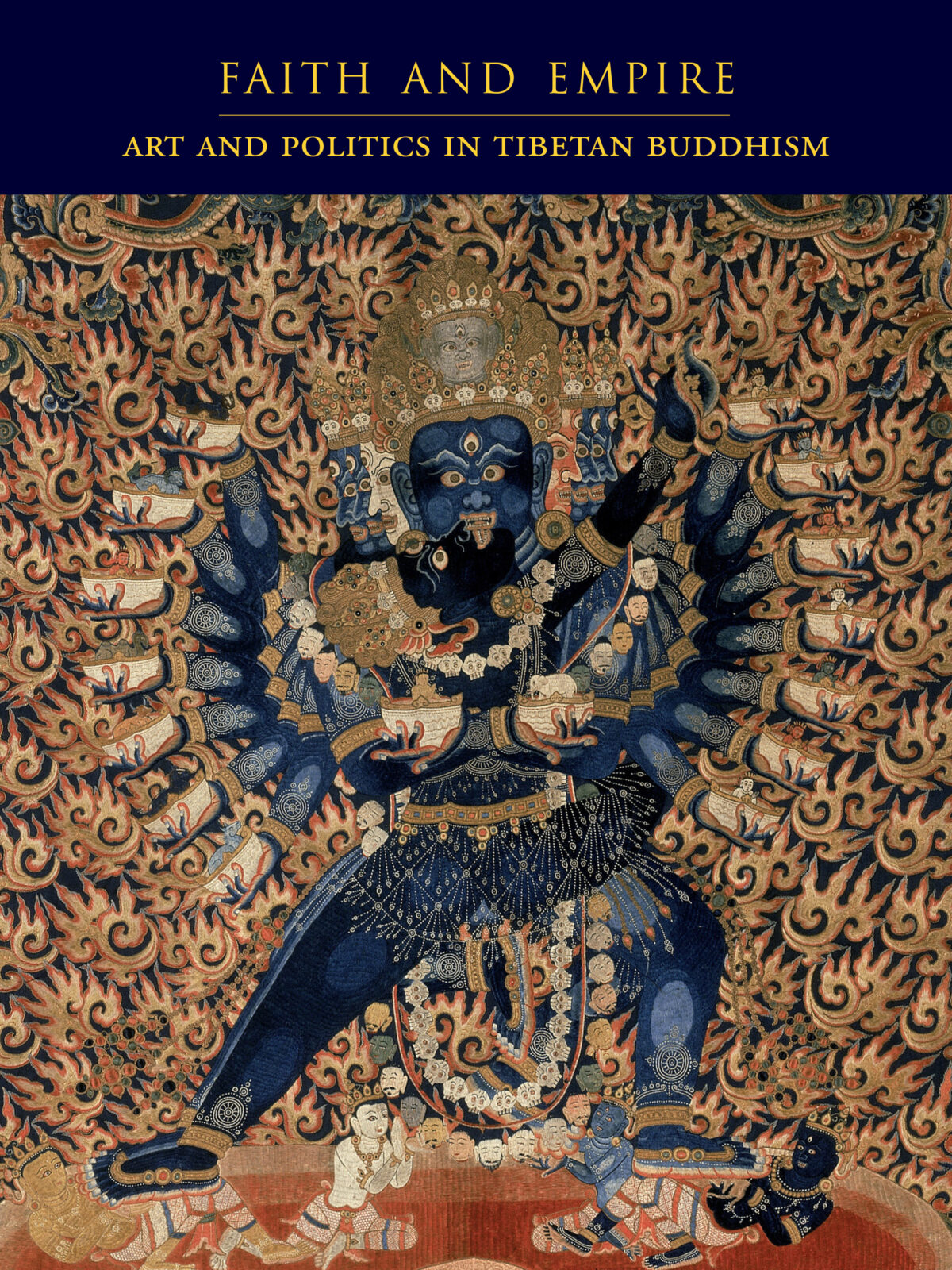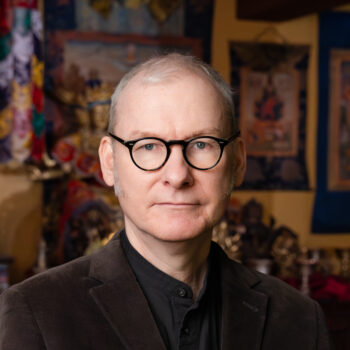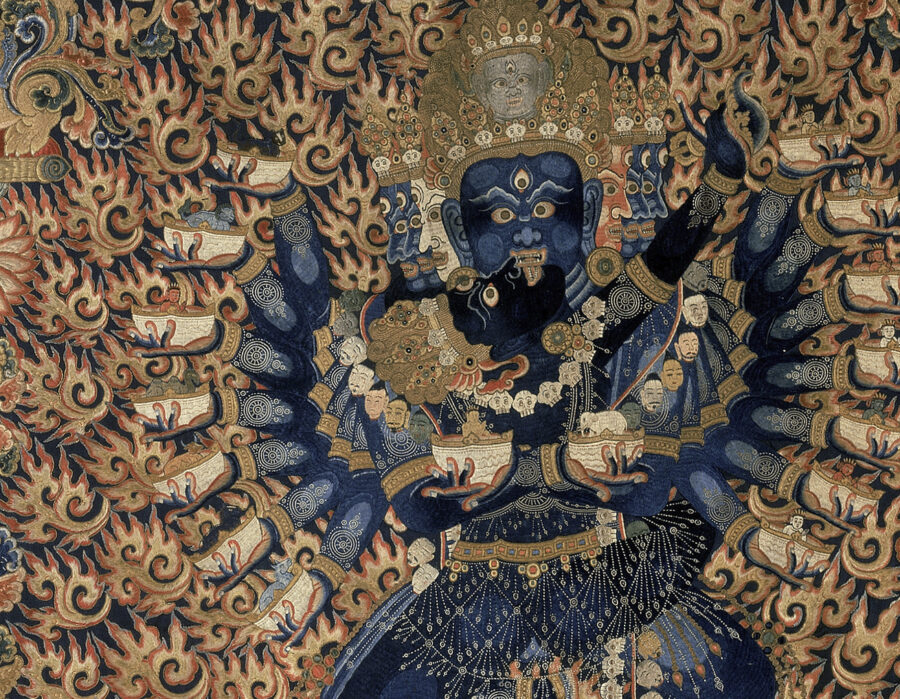Faith and Empire explores the dynamic intersection of politics, religion, and art in Tibetan Buddhism. At the heart of this dynamic is the force of religion to claim political power. Covering the Tibetan, Tangut, Mongolian, Chinese, and Manchu empires from the seventh to the early twentieth century, this volume illuminates how Tibetan Buddhism presented both a model of universal sacral kingship and a tantric ritual technology to physical power. Tibetans also used the mechanism of reincarnation as a means of succession, a unique form of political legitimacy that they brought to empires to the east. Images were a primary means of political propagation, integral to magical tantric rites and embodiments of power. Through the lens of Tibetan Buddhism’s potent historic political role in Asia, Faith and Empire seeks to place Himalayan art in a larger global context and shed light on an important but little-known aspect of power in the Tibetan tradition.
Debreczeny, Karl, Ronald M. Davidson, Brandon Dotson, Xie Jisheng, Tsangwang Gendun Tenpa, Per K. Sørensen, Bryan J. Cuevas, Wen-Shing Chou, and Johan Elverskog. Faith and Empire: Art and Politics in Tibetan Buddhism. New York: Rubin Museum of Art; Distributed by the University of Washington Press, 2019.
Find elsewhere:
Library of Congress WorldCat

